Dried lentils are an inexpensive and truly versatile kitchen staple. You can store them in your cupboard pretty much indefinitely, and when you want them, they are straightforward to cook and easy to customize for many nutritious and delicious recipes like casseroles, stews, and soups.
However, sometimes people may experience bloating and gas after eating lentils. Yes, that could be because lentils are very high in fiber and protein, and your tummy is just not used to it, but more often than not, this issue is caused by not rinsing your lentils before cooking them.
In this article, I will discuss the importance of washing and soaking lentils and some other mistakes to avoid when cooking them.
The Importance of Rinsing Lentils
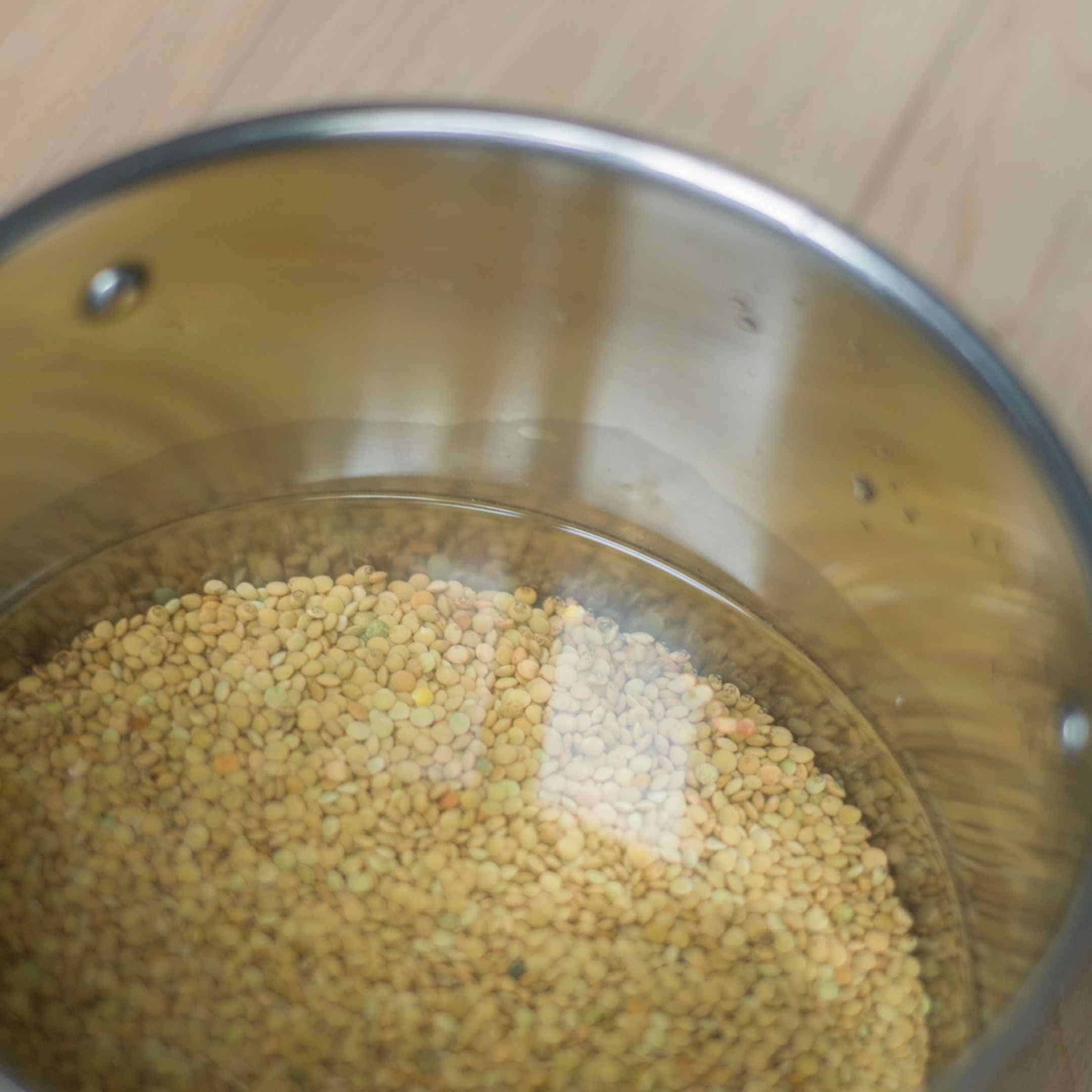
Lentils and many other legumes should be well-rinsed, soaked, and drained before use. Lentils are delivered directly from the farmers’ fields, dried, and sold in bulk containers or packed in boxes or bags. So there may be some dust residue and antinutrients that can easily be removed with rinsing.
Like most legumes, the outer shell of lentils contains antinutrients that could interfere with the digestion process. These anti-nutrients are likely what cause an upset stomach in many individuals; by rinsing and soaking your lentils before cooking, you can prevent unwanted digestive issues.
What Are Antinutrients?

Antinutrients can be found on most plant-based foods, especially on legumes, peanuts, beans, soybeans, and most pulses. They are designed to protect the plants from bacterial infections as well as being eaten by insects.
When consumed by humans, they can hinder the body’s ability to absorb vital nutrients effectively and may cause gas and bloating.
Since antinutrients are water-soluble, they are easily eradicated through rinsing or soaking.
Read Also: Common Foods That Cause Gas And What You Can Do About It.
Antinutrients Found in Lentils
Some specific antinutrients found in legumes include lectins, trypsin inhibitors, tannins, and phytic acid. How these antinutrients affect nutrient absorption is briefly discussed below. [1]
- Lectins: These antinutrients generally resist the digestion process and bind with other nutrients, lowering the absorption rate. Lectins also bind to carbs found on the gut wall, possibly causing a leaky gut.
- Trypsin inhibitors: They interfere with the production of enzymes that help break down protein, potentially causing problems in protein digestion.
- Tannins: Binding with proteins specifically, these antinutrients may impair the absorption of iron and other nutrients.
- Phytic Acid: Also known as phytate, this binds with and reduces the absorption of specific minerals such as zinc, iron, and calcium.
How to Rinse Your Lentils?

You probably agree by now that washing your lentils before cooking them is a good idea.
Here is the best way to clean them and get them ready for cooking.
- Put the lentils on the large strainer and rinse them well with cold water.
- Then, pour them into a large pot or bowl and cover them with cold water. Leave them to soak for 1-3 hours. Use a ratio of 3 cups of water for every cup of lentils.
- Drain the water and give them another good rinse with cold water.
- Your lentils are now ready for cooking.
Is It Really Necessary to Soak Them?
In short, not really, but this topic is highly debated in many cooking forums.
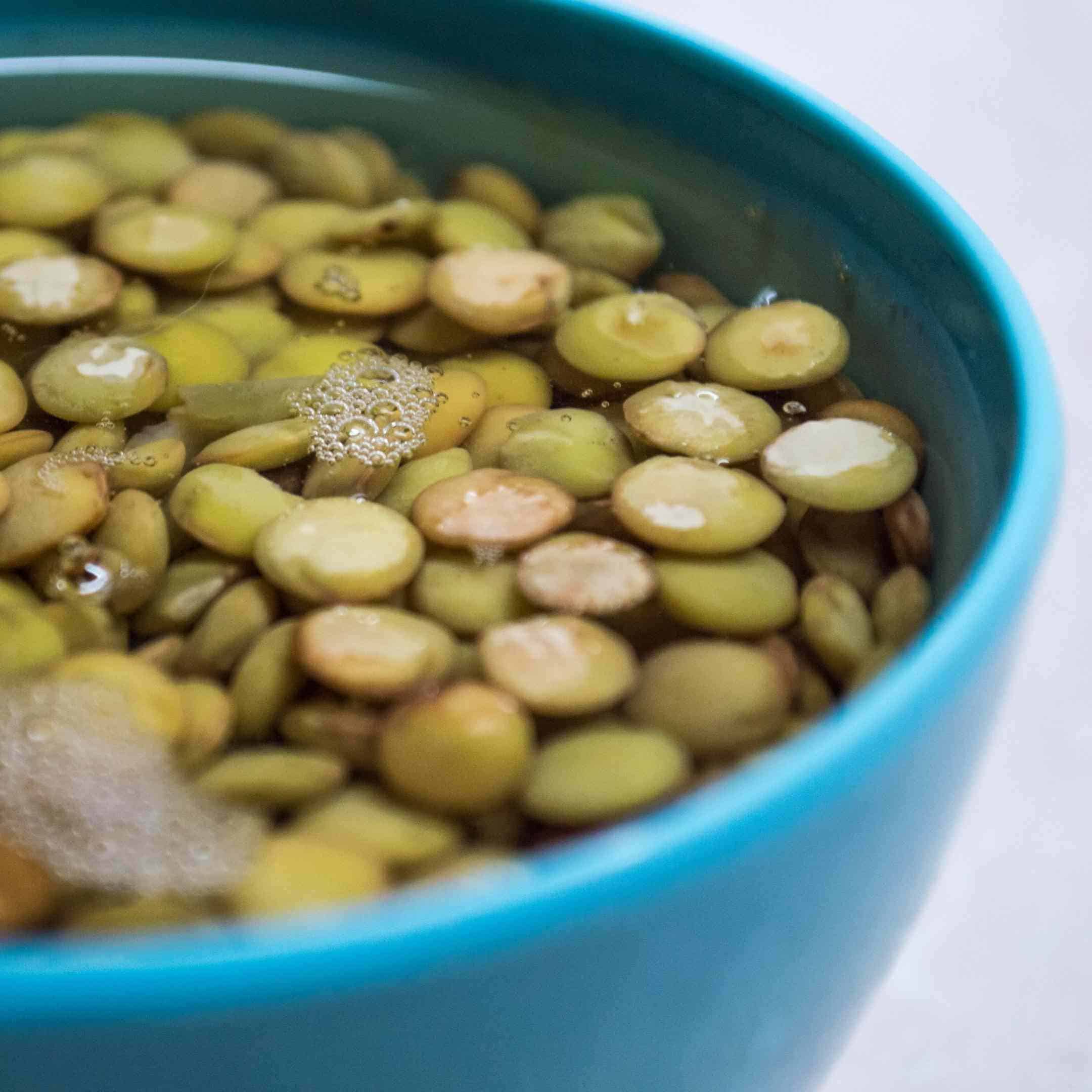
It is not essential to soak Lentils, but there are some advantages of soaking, including an extra rinse and a shortened cooking time. Lentils soaked in cold water for up to 3 hours can save approximately 20-30 minutes in cooking time.
Besides, by only giving them a quick rinse, you risk leaving some of the antinutrients intact. Giving the lentils a good soak will loosen all the unwanted antinutrients and make it easy to rinse them away later.
Other Lentil Cooking Mistakes to Avoid
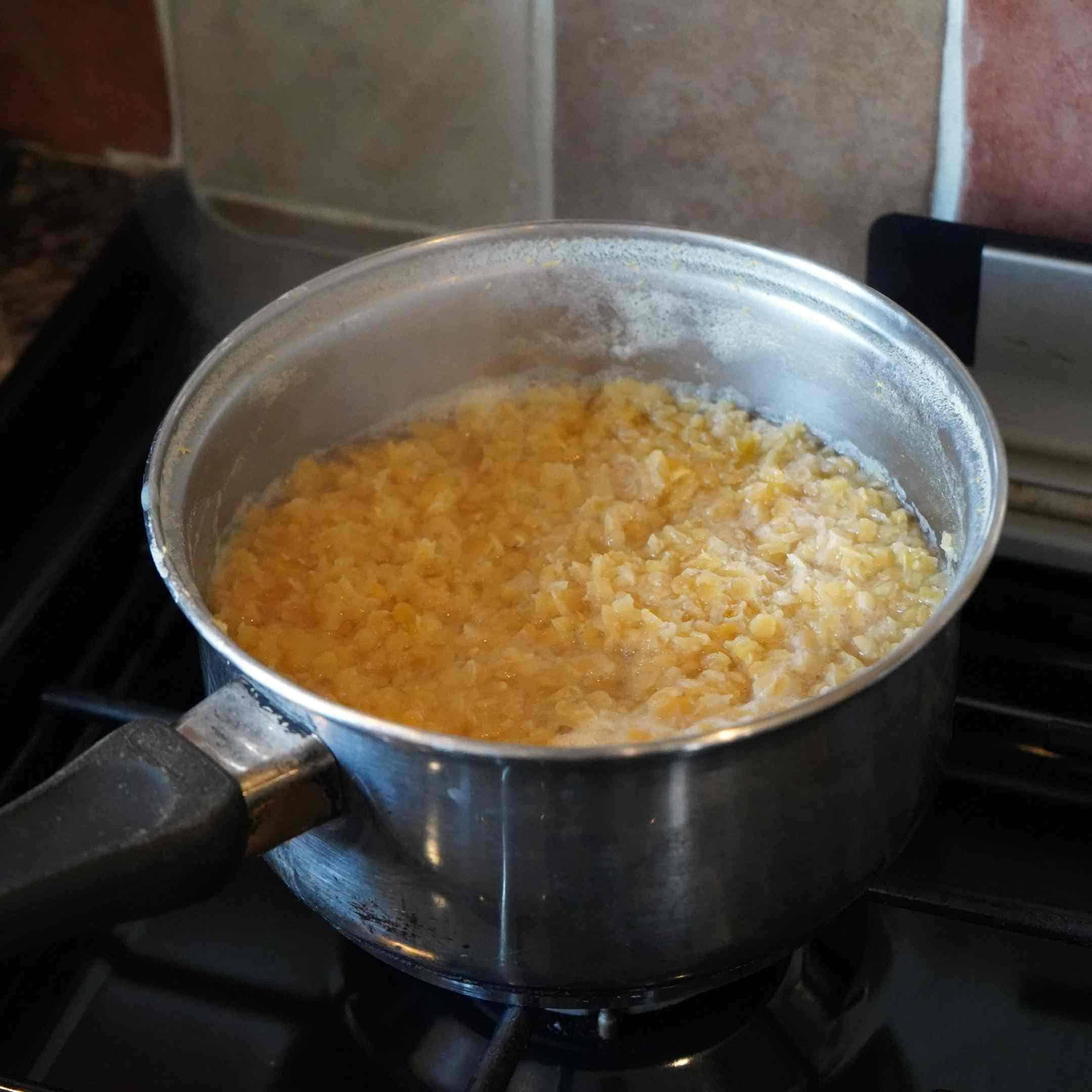
The cooking process involving lentils is usually easy and straightforward. However, being unaware of what to avoid may lead to mistakes that leave you with a dish you’re not satisfied with.
Here are some common mistakes people make when cooking lentils.
1. Not Sifting Through Them Before Cooking
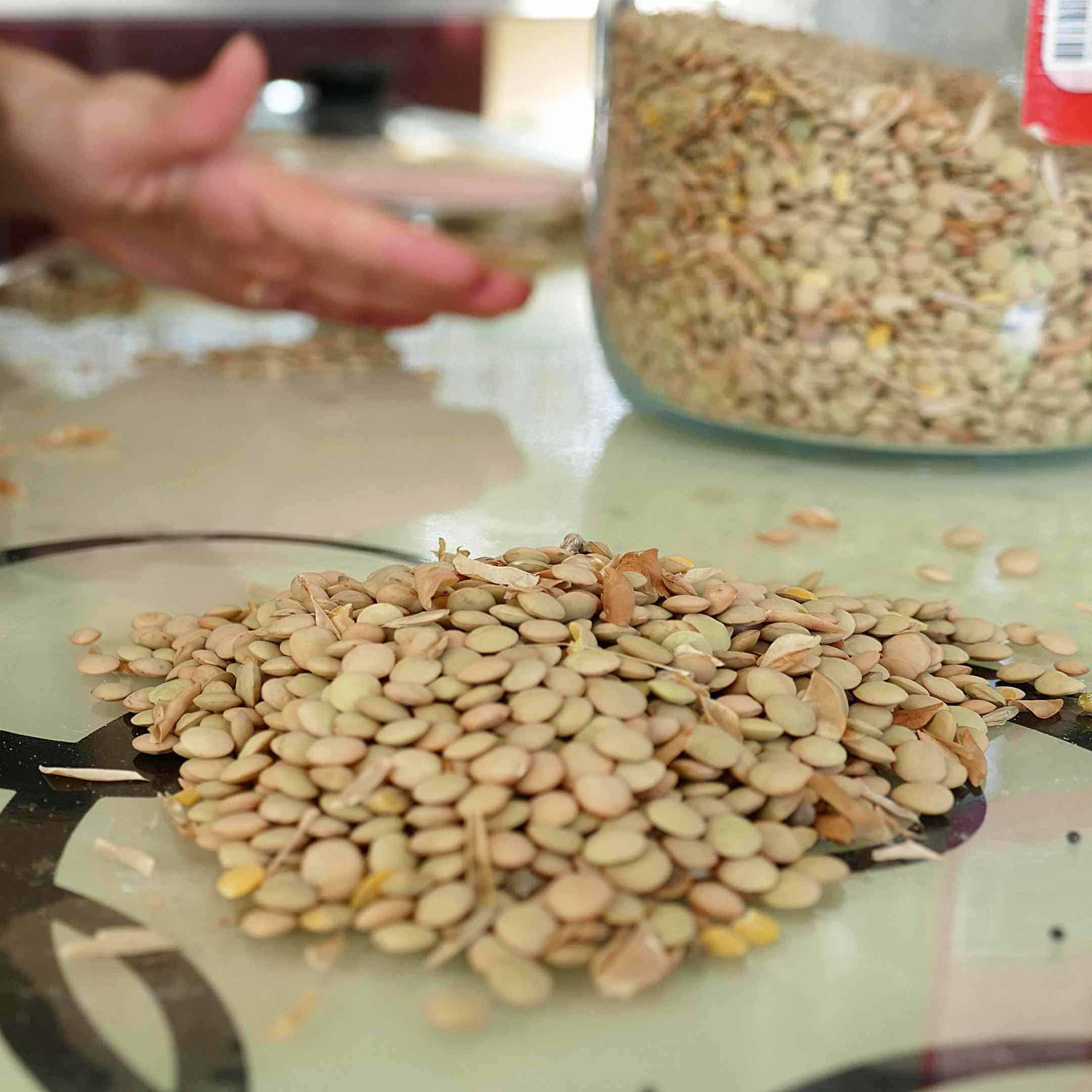
This step should come before washing and soaking them. If you have ever crunched into a tiny rock hidden in your lentil soup, you know how important this step is.
Yes, small pebbles sometimes make it into your bag of lentils. To be safe, it is recommended to always sift through them carefully to be sure that no pieces of debris are present. Rinsing your lentils in a colander is also a good way to ensure that no hidden stones are present among them.
2. Cooking Your Lentils at Overly-High Temperatures

Overcooked lentils are not tasty at all. Cooking your lentils at very high temperatures can split their skins from the intense pressure, leading to a mushy texture. For the best results, try to maintain a gentle simmer while cooking your lentils.
To properly cook your lentils, bring the pot to a brisk simmer first. The heat can then be set to low until the water is barely bubbling. If you are using a crockpot, then set it on low or auto.
3. Buying Old Lentils
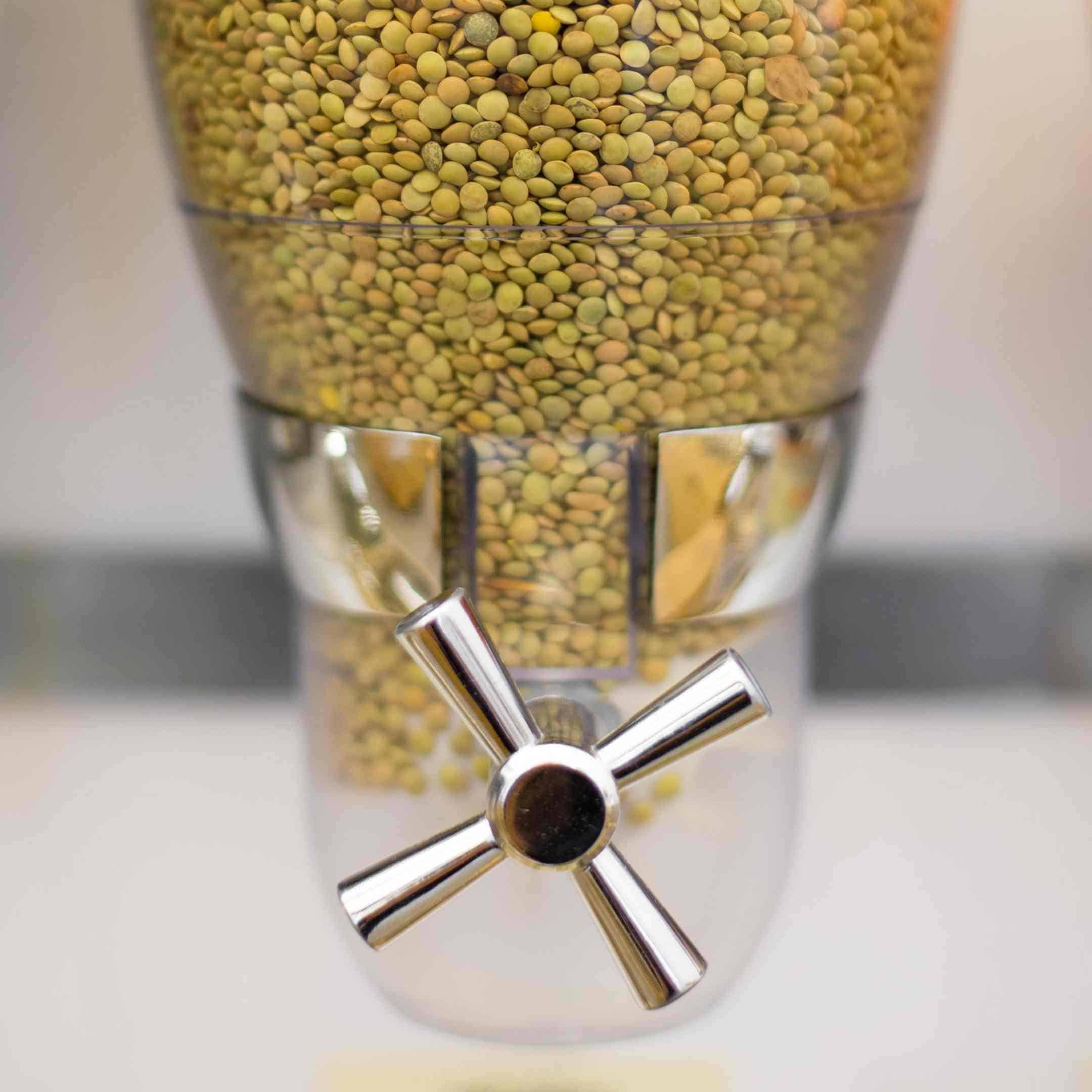
As I mentioned before, lentils can be stored forever, but that does not mean you want the ones that were harvested years ago.
The problem with cooking old lentils is not only the bland taste, but they also take forever to soften up – no matter how long you boil them. Also, old ones often shed their skins while cooking. So, unless you are in an emergency situation, try to use fresh lentils.
Look for lentils that are unbroken and those that are uniform in size and color. Also, the ones in bulk bins usually have a higher turnover, so they will be fresher than those in pre-packed bags or boxes.
4. Skipping the Use of Aromatics
What makes lentils such a great ingredient is the fact that they are truly blank slates. They can effectively take on whatever flavor you want them to be. If you skip the use of any flavor, you are bound to produce a bland meal.
This is why many recipes recommend adding aromatics into the water or using vegetable or chicken stock instead of water.
To help add flavor to your lentils, you can try adding a few cloves of garlic, a spring of rosemary, a bay leaf, or half an onion into the pot.
5. Adding Salt or Acidic Ingredients Too Early
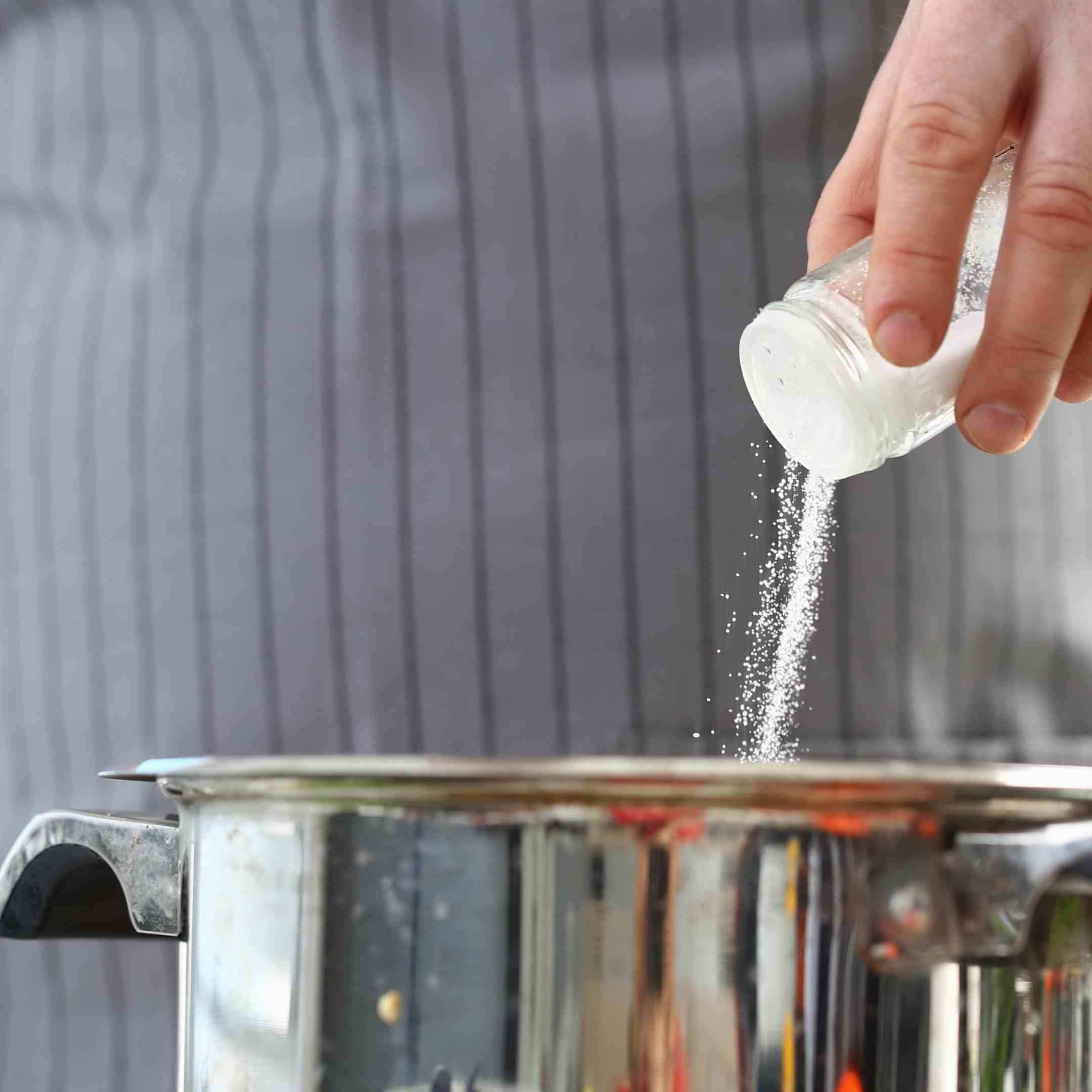
As mentioned earlier, overcooked lentils aren’t ideal. The same goes for not cooking them enough. Also, adding salt or acidic ingredients such as vinegar and lemon juice too early prevents the legumes from tenderizing well.
To avoid this, you must wait until the lentils are fully cooked before adding salt and acidic ingredients.
You can then stir them into the dish while the cooking liquid is still warm to make the flavor absorb perfectly.
Read Also:5 Clever Ways to Fix Food With Too Much Salt
Conclusion

Although the advice given above should work for most edible legumes, you should still follow your recipe for the specific lentils required.
There are 5 varieties of lentils, distinguished by their color: Green (French), black (Beluga), red, brown, and yellow. Each one is better suited for different dishes.
Green ones are great eaten as a side dish or added to salads, but yellow and red lentils are great for pureeing into sauces or soups. Black ones go well with mushrooms and meat, and brown ones are perfect if you want something with a firmer texture.
Whichever type of lentils you use, you still want them to be adequately prepared to be clean and debris-free, and ready for cooking.
Read Also: Here Is Why You Should Be Washing Rice Before Boiling.
